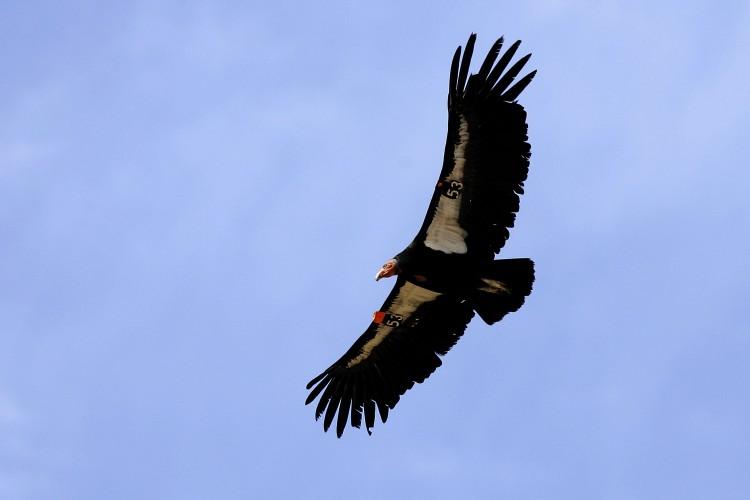A giant harpoon is being developed in the lab that will one day be able to collect samples from comets.
Scientists at NASA’s Goddard Space Flight Center envision a spacecraft hovering around a comet that can shoot harpoons into specific sites to collect samples.
The technique would circumvent the challenges involved in actually landing and operating a spacecraft on the surface of a comet.
Currently, the team is testing harpoons by firing them from a six-foot tall metal ballista.
The ballista has a thick steel cable to act as a bow string, which, when activated by an electric winch, is pulled back to launch projectiles at speeds of over 100 feet per second.
The massive crossbow is oriented to fire downward into a 55-gallon barrel of sand and salt as a safety precaution. If angled upwards, it could potentially send a test projectile a mile away.
“We had to bolt it to the floor, because the recoil made the whole testbed jump after every shot,” said Donald Wegel, lead engineer of the project, in a news release.
The team is still in the proof-of-concept stage in their work. They want to optimize the size and shape of the harpoons before applying for funding to develop a real instrument.
“We’re not sure what we'll encounter on the comet—the surface could be soft and fluffy, mostly made up of dust, or it could be ice mixed with pebbles, or even solid rock,” explained Wegel. “Most likely, there will be areas with different compositions, so we need to design a harpoon that’s capable of penetrating a reasonable range of materials.”
“Experts believe that analyzing the composition of comets will provide insight into the formation of our solar system and of life on earth.
One of the most inspiring reasons to go through the trouble and expense of collecting a comet sample is to get a look at the ‘primordial ooze’—biomolecules in comets that may have assisted the origin of life,” said Wegel.






